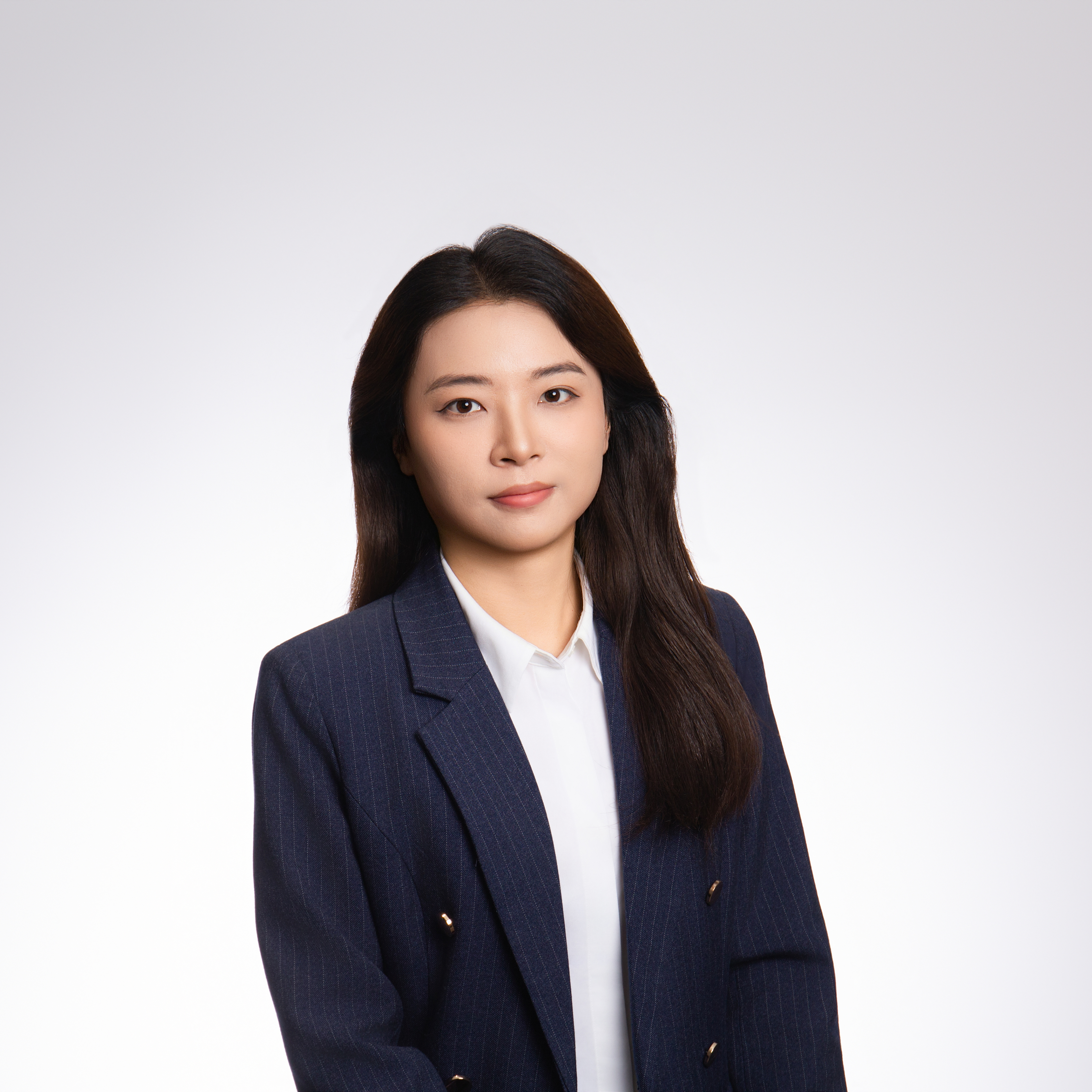
Lu MI
Assistant Professor
The cross-empowerment of artificial intelligence and neuroscience, brain-computer interface algorithms
 Education/Work Experience
Education/Work Experience
2022: Ph.D. in Computer Science from the MIT Computer Science and AI Laboratory (MIT CSAIL) (Advisor: Professor Nir Shavit).
2022-2024: Postdoctoral Research Fellow at the Allen Institute for Brain Science and the University of Washington (Shanahan Fellowship).
2024-2025: Assistant Professor in the School of Computational Science and Engineering, Georgia Institute of Technology.
June 2025-Present: working as Assistant Professor at the College of AI, Tsinghua University.
 Research Achievements
Research Achievements
Promoted the integration of biological neural networks and artificial neural networks to accelerate scientific discoveries in brain research through AI. Utilized AI algorithms to collect, process, analyze, and understand large-scale, high-dimensional, and multimodal brain data, revealing new mechanisms of brain encoding, computation, and learning at the single-cell level of neurons and their synaptic connections.
Published 15 papers at top international conferences in AI and computational neuroscience, such as NeurIPS, ICLR, ICML, CVPR, AAAI, MICCAI, and Cosyne. These include 11 papers as first author, co-first author, or corresponding author. Obtained a U.S. patent and multiple honors, including EECS Rising Star, Shanahan Fellowship, MathWorks Fellowship, NIH Award, and Most Creative Applications of AI. Invited to give oral presentations at several U.S. academic seminars in related fields.
Research achievements have been featured in interviews by MIT News and Forbes. Widely recognized and applied in neuroscience research, the work has been cited in several major scientific papers published in Nature and its sub-journals in recent years. It has also received active collaboration from neuroscientists at top institutions such as Harvard University, MIT, the University of Washington, and the Allen Institute for Brain Science.
 Representative Work
Representative Work
The representative research primarily utilizes AI as a tool to address key issues in neuroscience (such as automatic imaging acquisition and reconstruction of connectomes, neural representation learning, neural connectivity inference, neuron classification, identification of neural dynamical systems, decoding of motor signals, hypothesis testing of biophysical mechanisms, optogenetic experiment design, and visual encoding experiment design). It proposes interdisciplinary, AI-based innovative solutions, forging a new paradigm at the intersection of neuroscience and AI. This work provides technological support to accelerate brain research, brain–computer interfaces, and brain-inspired intelligence development.
The contributions of the work mainly include:
1. Developing a fast, efficient, and scalable automated brain imaging acquisition and processing pipeline.
2. Creating interpretable foundational models for analyzing multimodal and multiscale brain data.
3. Empowering hypothesis testing and experiment design in neuroscience research with AI.


